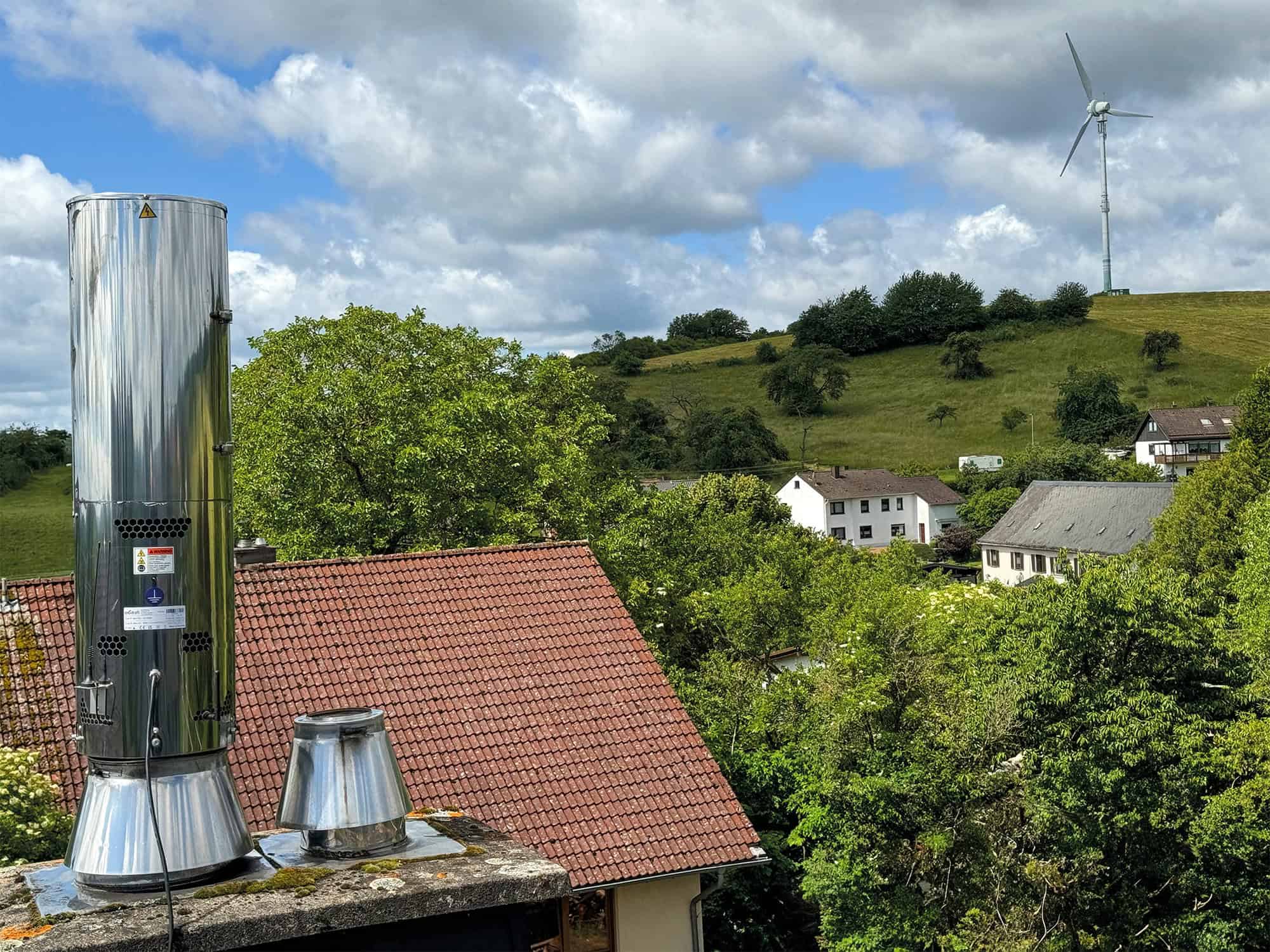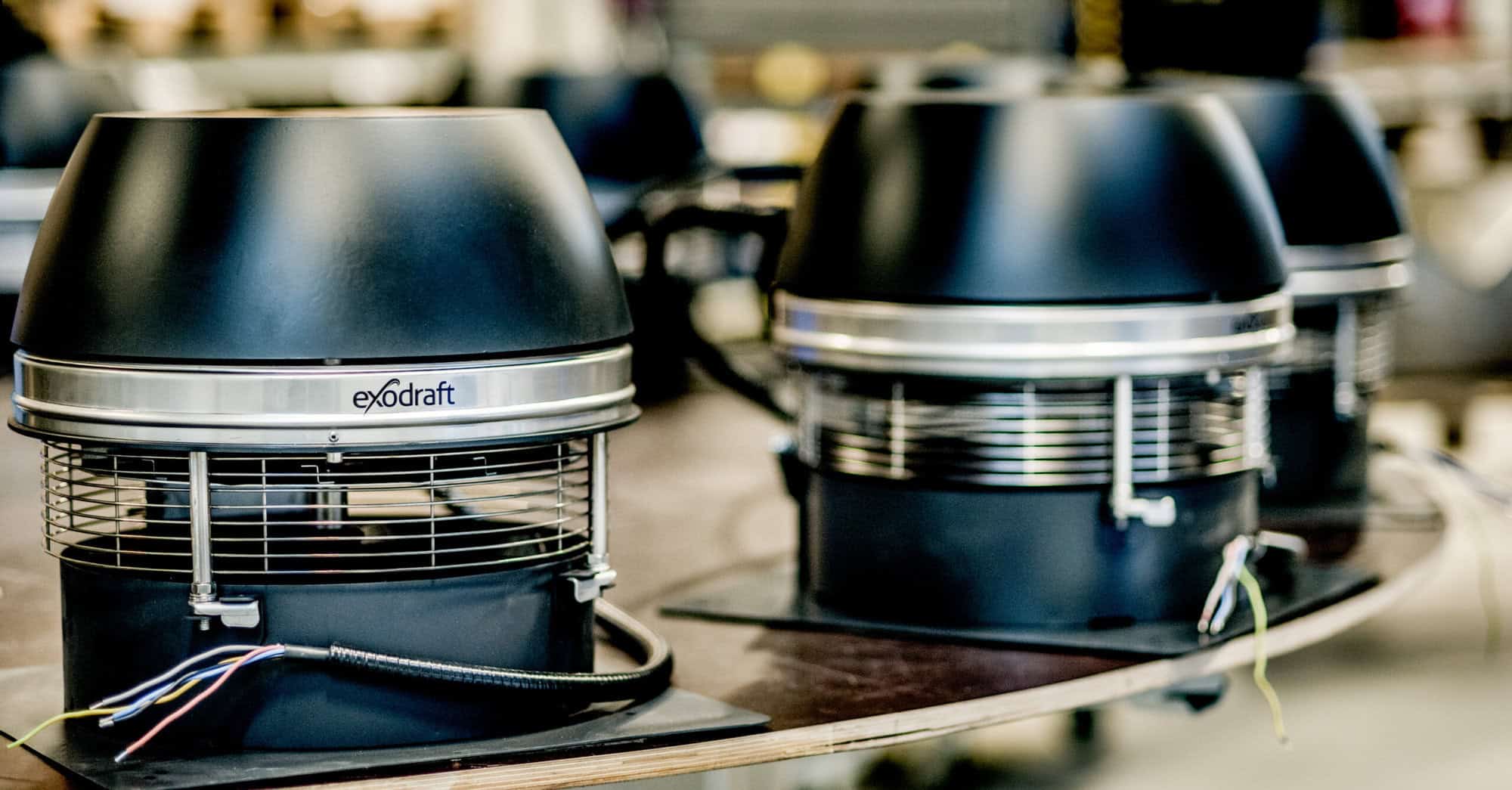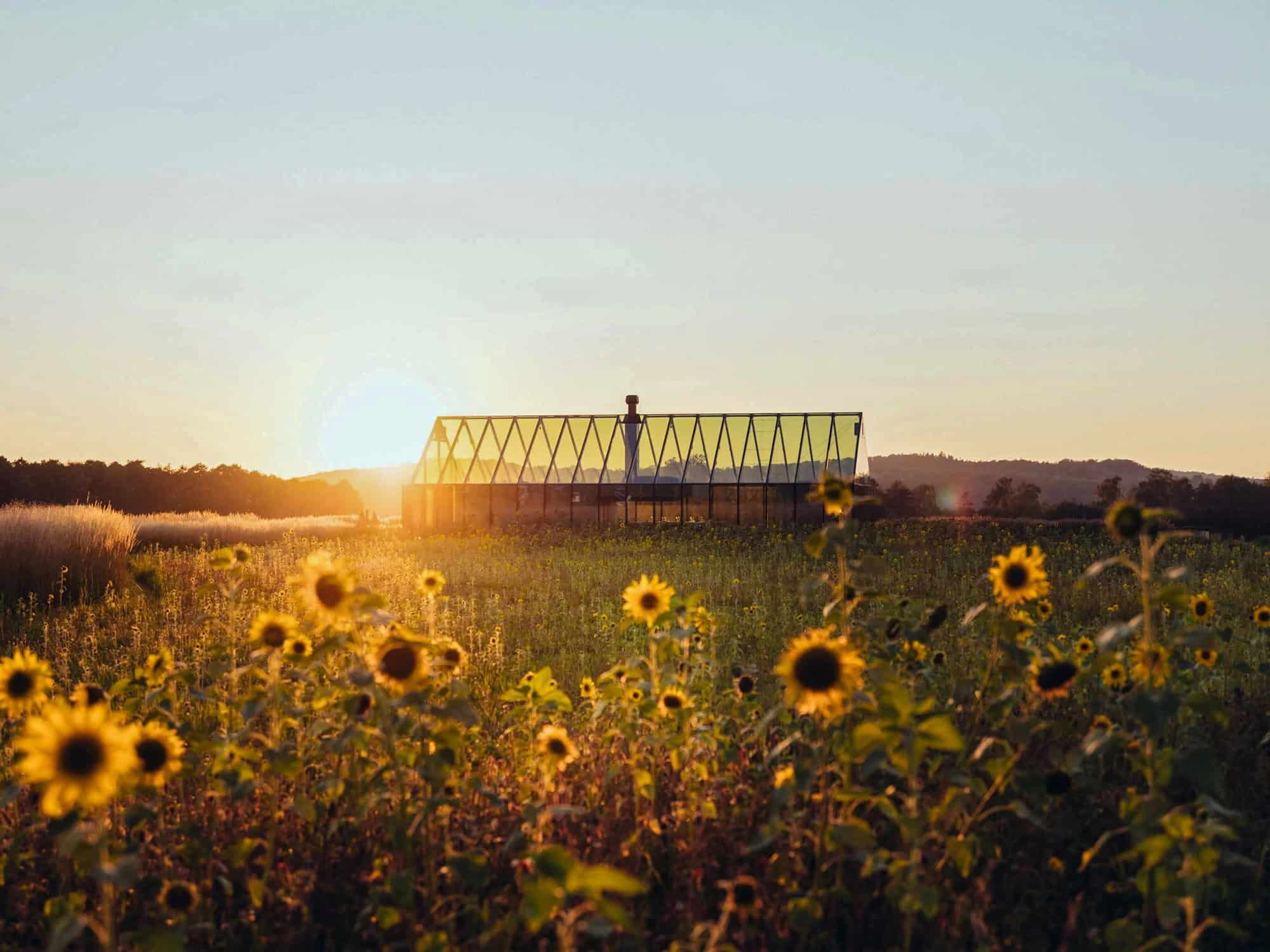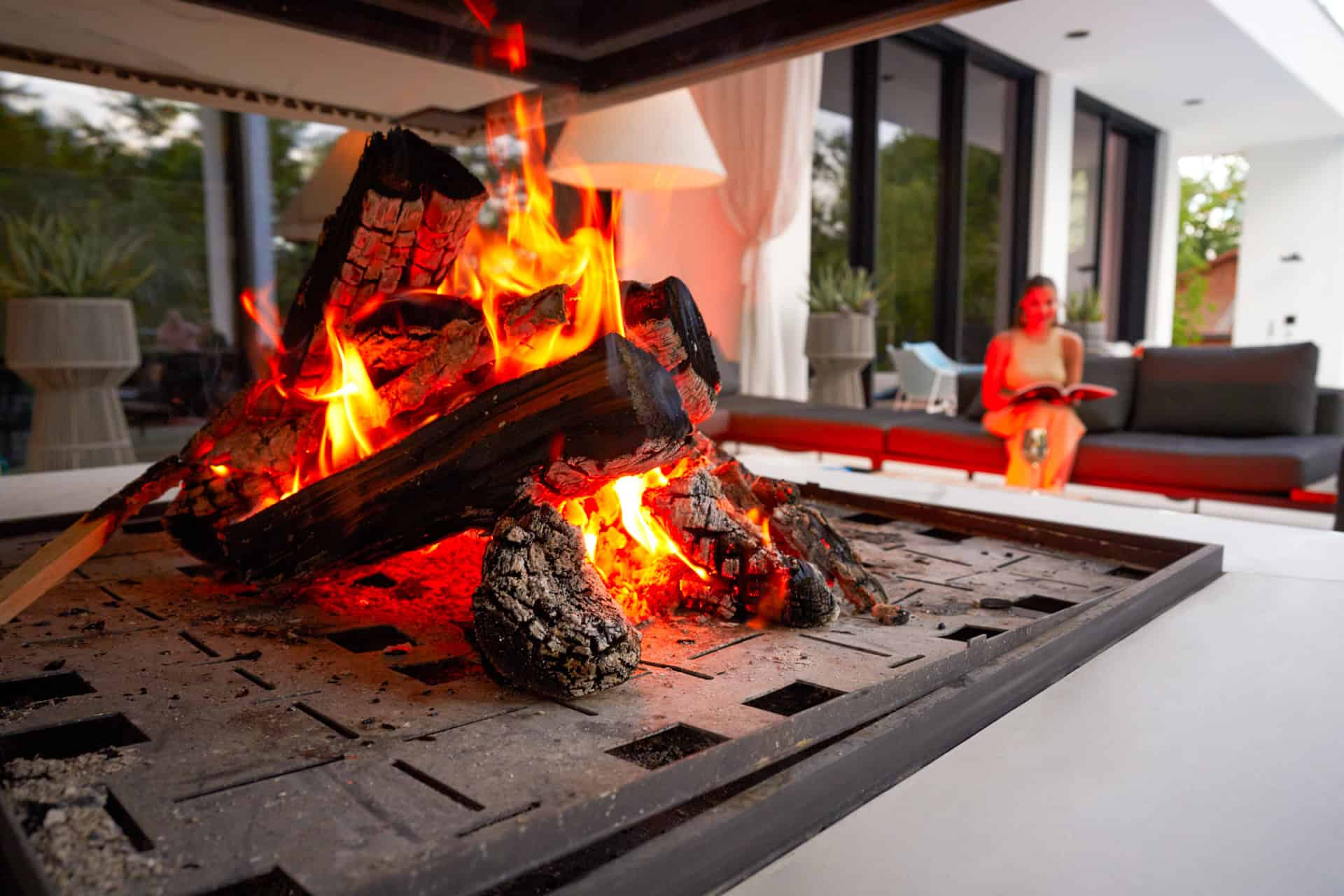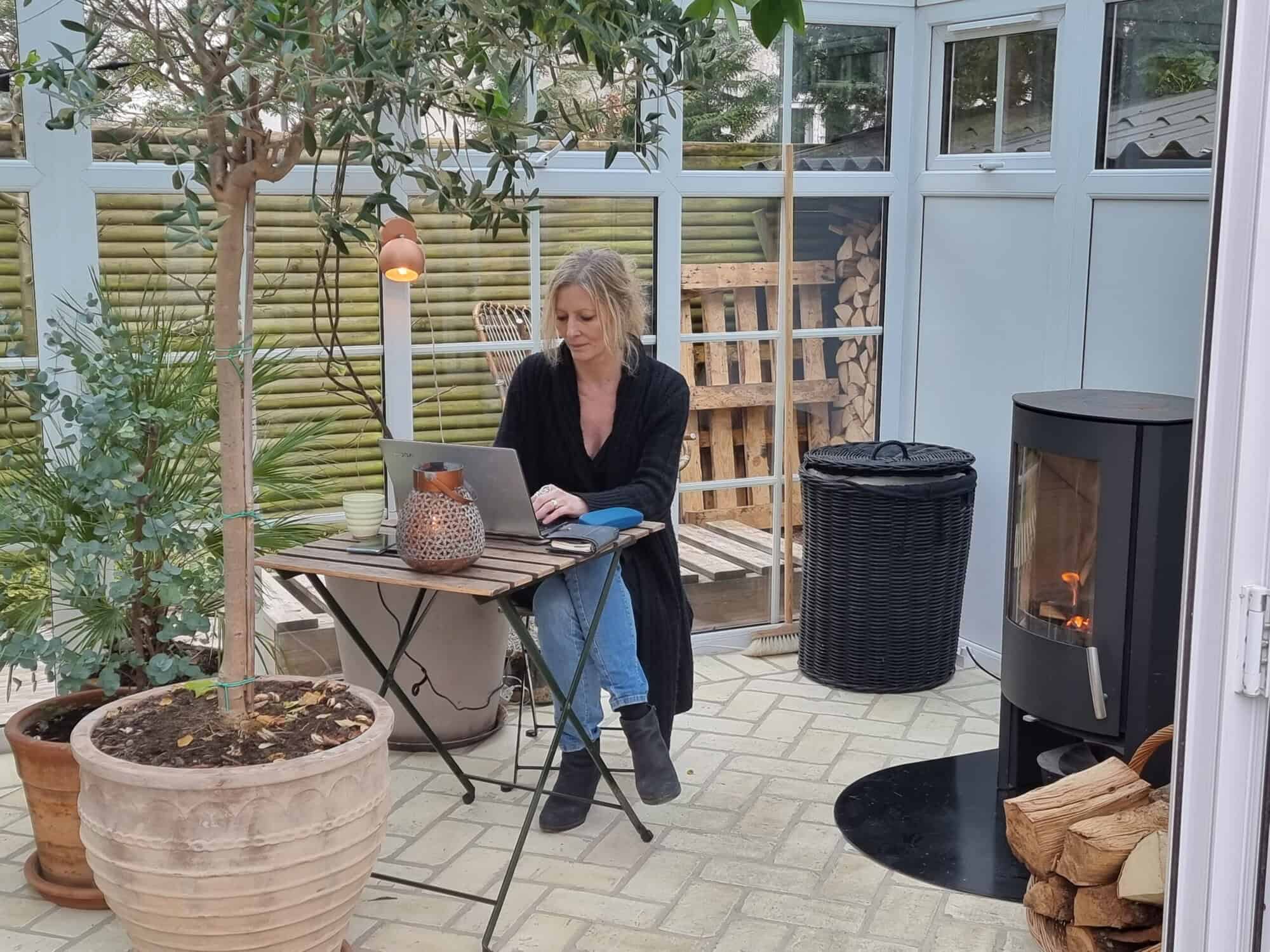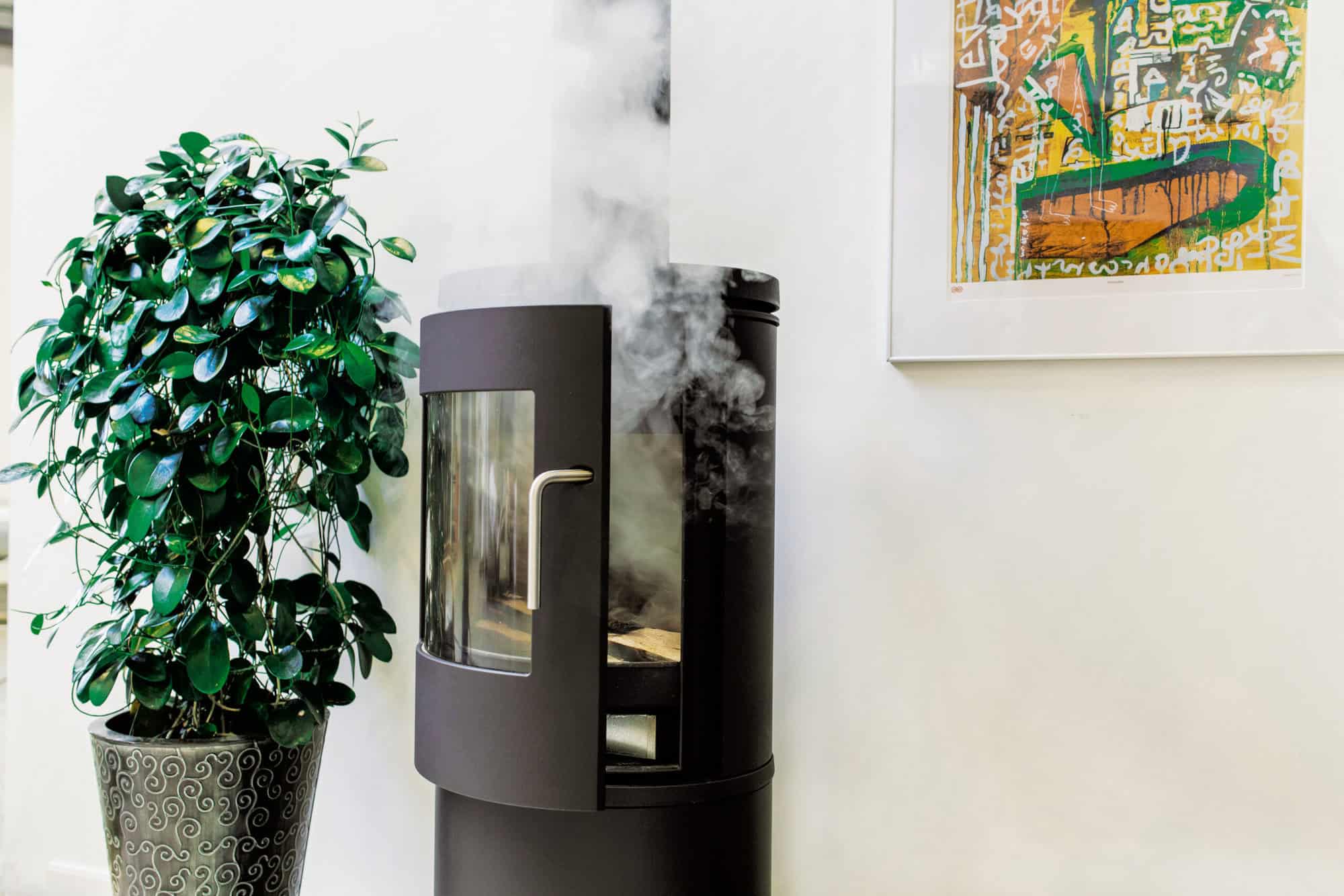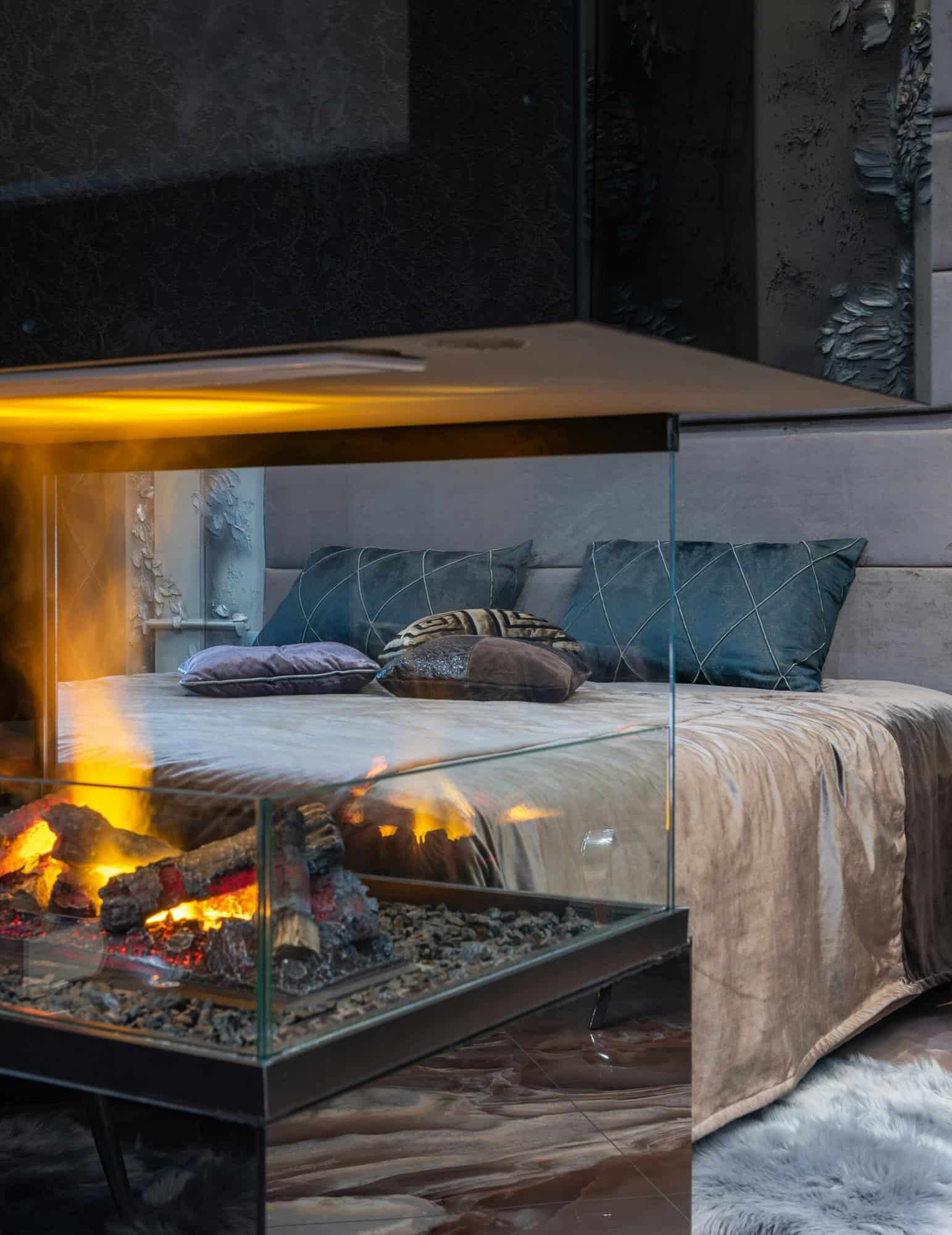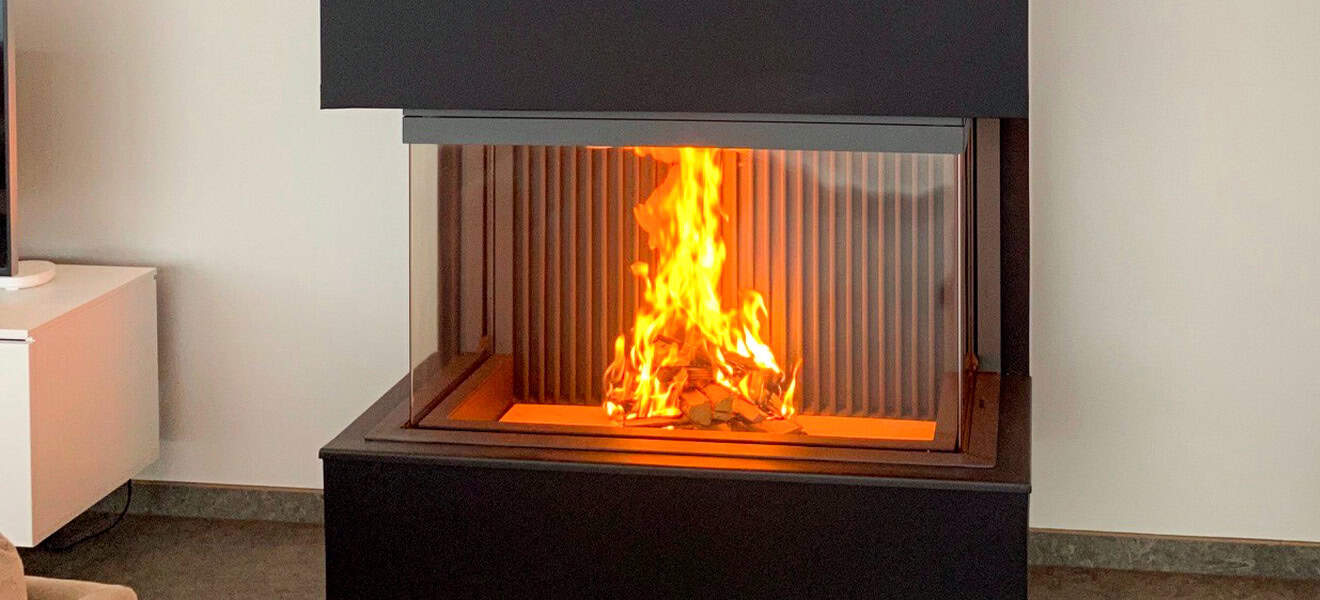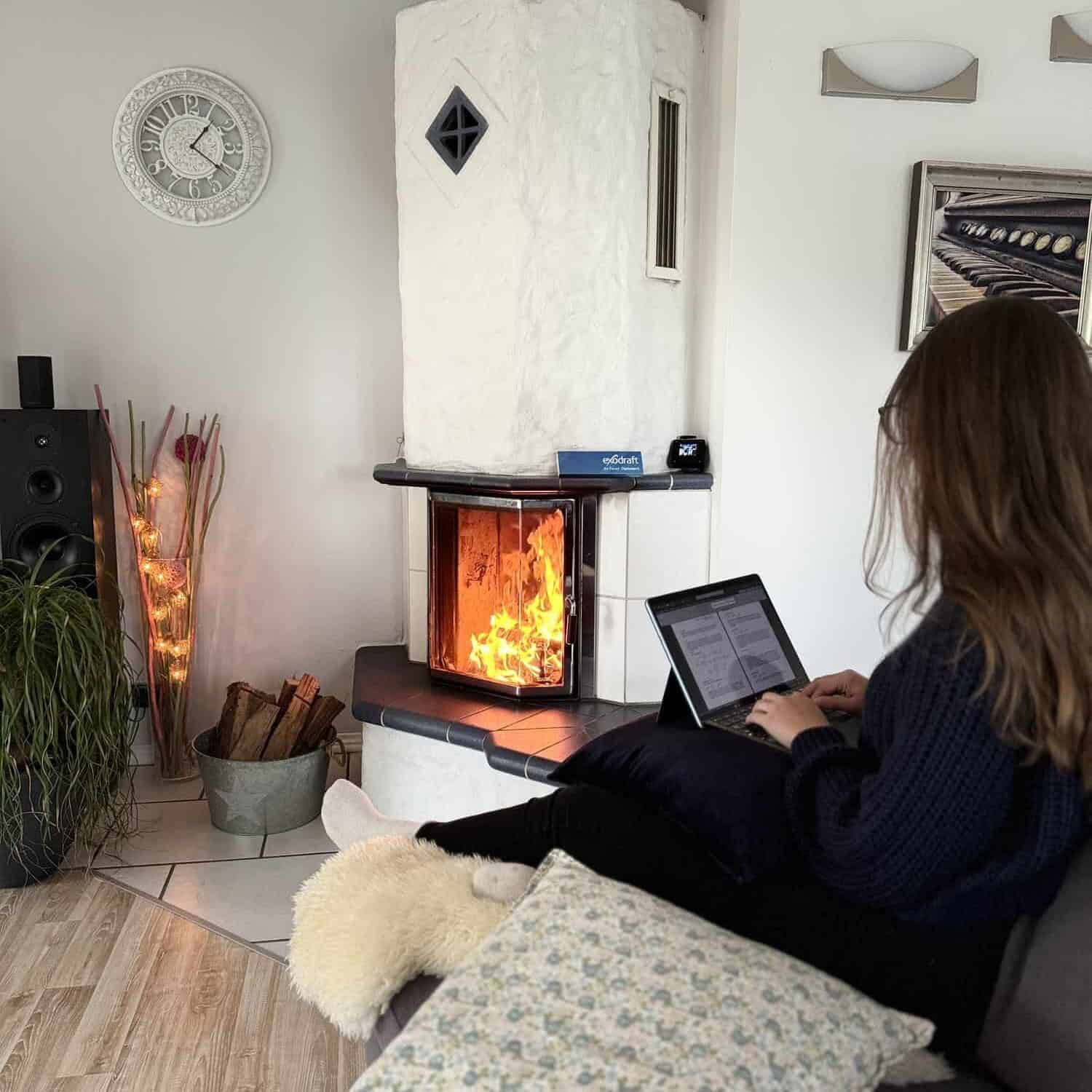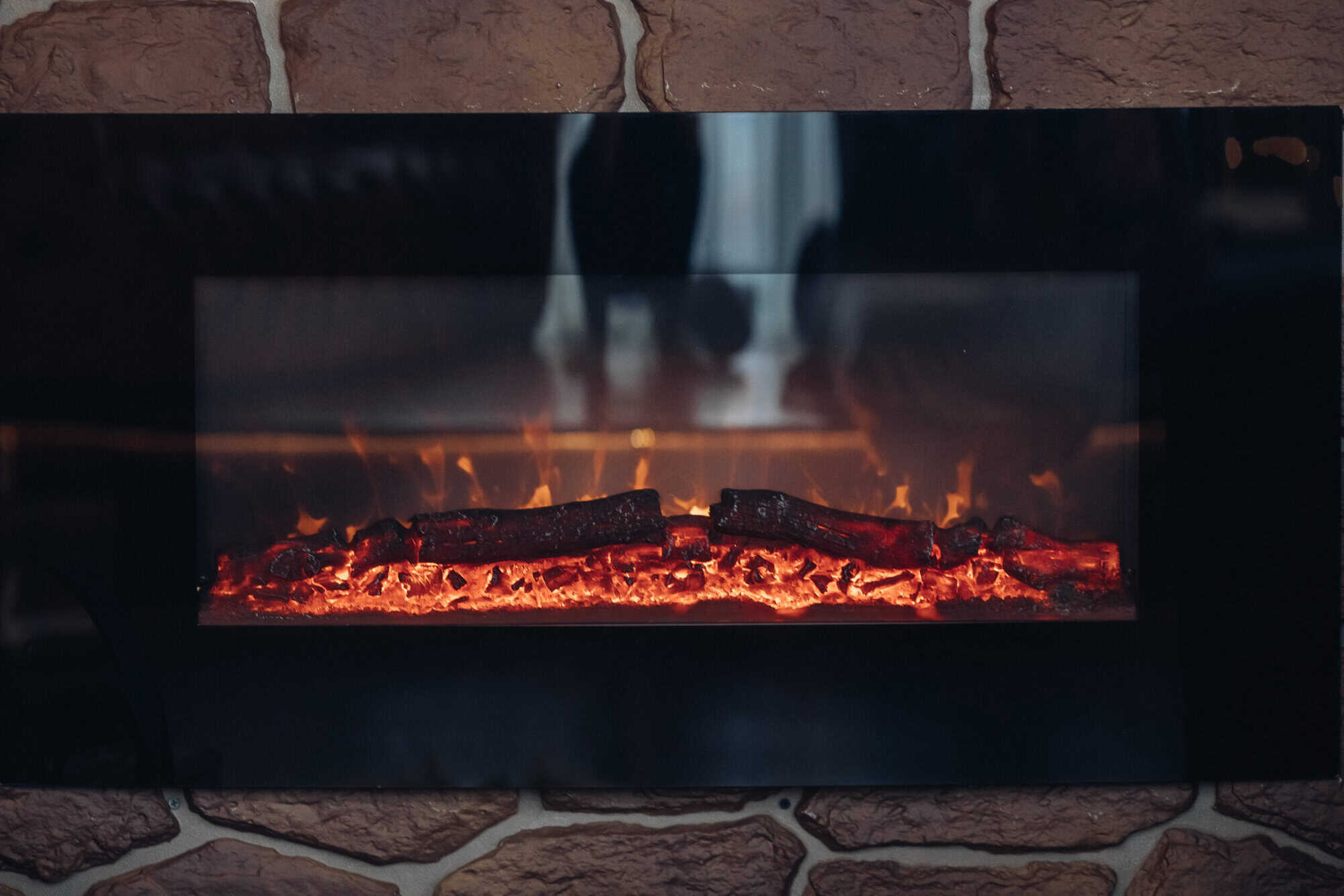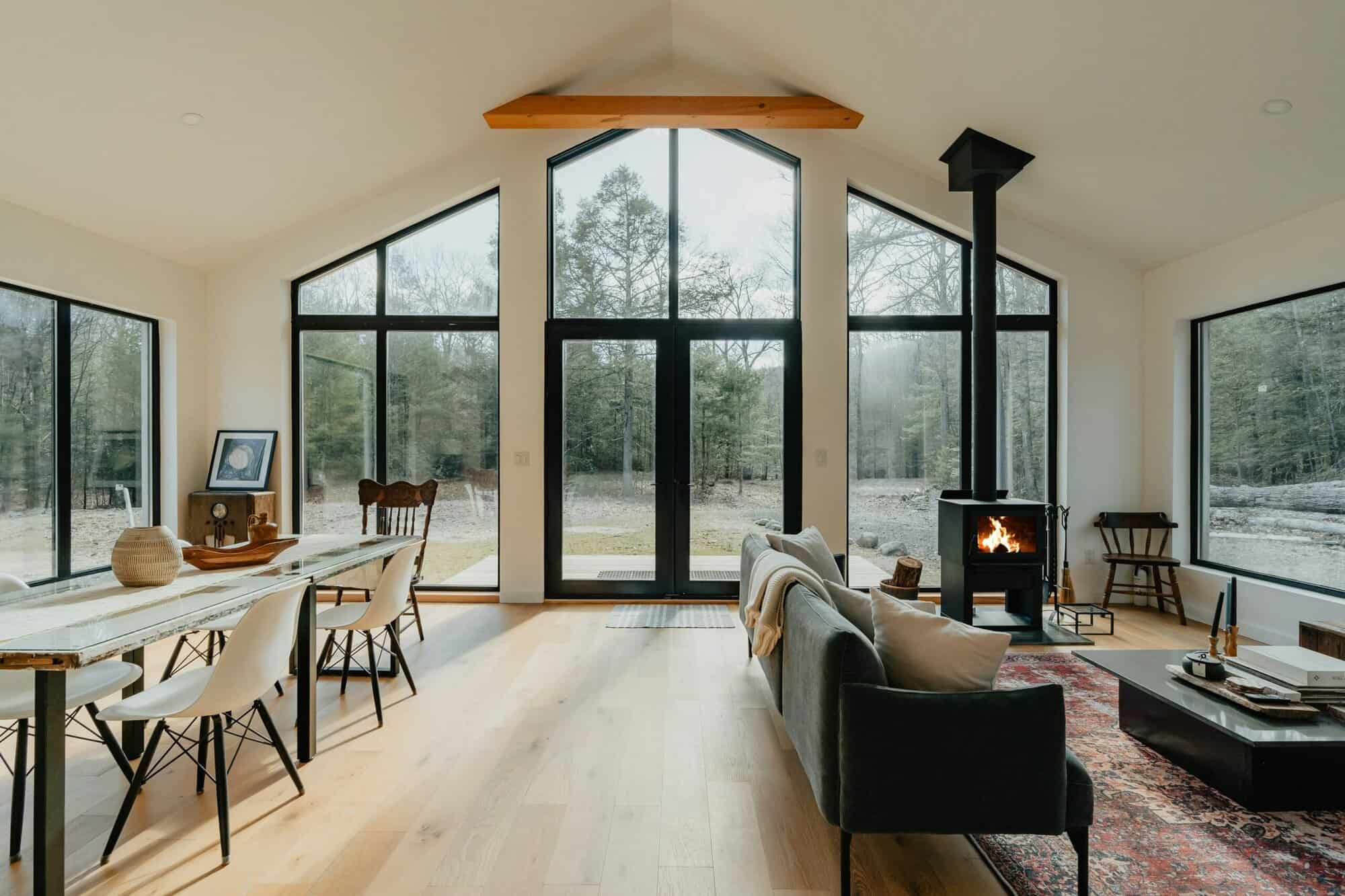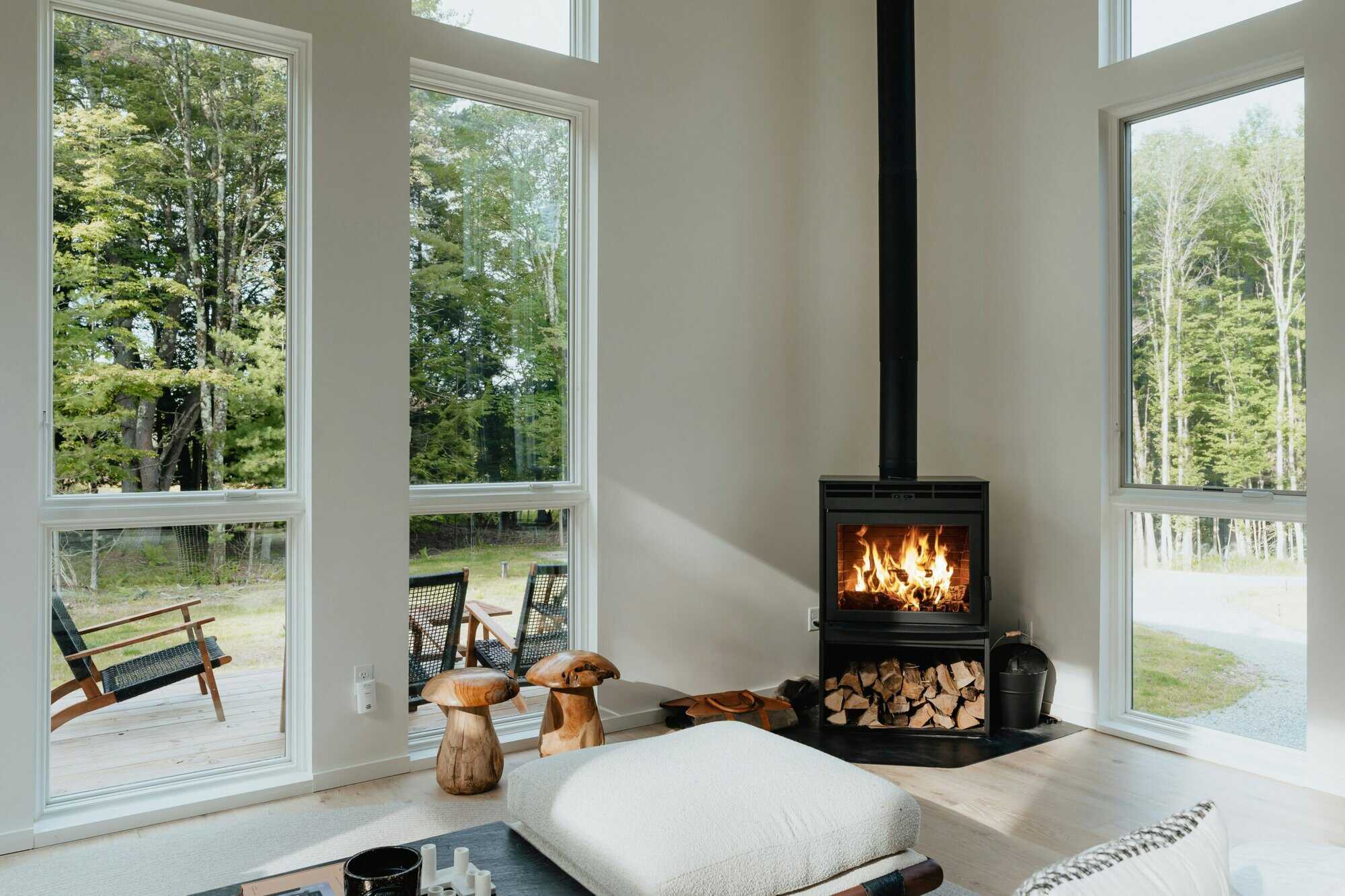Article
26. juni 2025 · 5 min
What Are the Disadvantages of a Log Burner?
Concerned about the downsides of a log burner? Learn about health and air quality risks—and see how chimney fans, particle filters, and better fuel choices can help you burn cleaner and safer at home.

Log burners are a popular heating choice, offering a cosy atmosphere and energy independence. However, despite their many benefits, they also come with potential downsides related to air quality, health risks, and ventilation issues.
Concerns about smoke, fine particle pollution, and carbon monoxide risks have led some to question whether log burners are a safe and practical option. However, many of these issues can be managed or eliminated with the right solutions, ensuring a cleaner and more efficient burning process.
In this article, we’ll explore the main disadvantages of log burners and how modern upgrades like chimney fans and particle filters can significantly reduce their impact.
What Are the Main Concerns About Log Burners?
While log burners are loved for their warmth, charm, and efficiency, they do come with some downsides that homeowners should be aware of. The most common concerns include:
Smoke and Air Quality Issues
- Fine particle pollution (PM2.5 & PM10) – Log burners release fine particulate matter, which can impact indoor and outdoor air quality if not properly managed.
- Smoke leaks – Poor ventilation or chimney draft issues can cause smoke to spill into the room, leading to irritation and unpleasant odours.
- Emissions in urban areas – In some cities, restrictions on wood burning exist due to concerns about local air pollution levels.
Carbon Monoxide Risks
- Burning wood produces carbon monoxide (CO), a colourless, odourless gas that can be dangerous if ventilation is poor.
- Blocked chimneys, insufficient airflow, or poor combustion can lead to CO buildup, increasing health risks.
- Installing a carbon monoxide detector is essential for safety.
Chimney and Maintenance Challenges
- Creosote buildup – If a log burner is not burning efficiently, creosote (a flammable byproduct) can accumulate inside the chimney, increasing the risk of chimney fires.
- Chimney draft issues – Poor natural draft can lead to inefficient burning, excessive smoke, and difficulty starting the fire.
- Regular cleaning required – Without proper maintenance, a log burner’s performance declines, and safety risks increase.
Although these concerns are valid, they don’t mean a log burner is a bad choice. With the right solutions, these disadvantages can be significantly reduced or eliminated—which we’ll explore in the next section.
Health and Indoor Air Quality Risks
One of the primary concerns with log burners is their impact on indoor air quality and associated health risks. Burning wood releases fine and ultrafine particles, which can penetrate deep into the respiratory system and contribute to various health issues.
Fine and Ultrafine Particles: A Hidden Health Hazard
When wood is burned, it emits fine particles (PM2.5) and ultrafine particles (PM0.1) that are small enough to be inhaled into the deepest parts of the lungs. These particles can carry toxic substances, including dioxins and tar compounds, which pose significant health risks.
Exposure to these particles has been linked to:
- Respiratory diseases – Aggravation of asthma, development of chronic bronchitis, and increased susceptibility to respiratory infections.
- Cardiovascular diseases – Increased risk of heart attacks and strokes due to inflammation and arterial damage.
- Cancer – Prolonged exposure to certain compounds in wood smoke, such as dioxins and tar substances, is associated with an increased risk of lung cancer.
To address these risks, improving ventilation and reducing emissions is essential, which we’ll explore in the next section.

How to Minimise the Downsides of a Log Burner
While log burners come with health and environmental concerns, modern solutions can significantly reduce emissions, improve air quality, and ensure safer operation. Here’s how you can minimise the disadvantages of a log burner while keeping the benefits of a cosy, efficient heating source.
Install a Particle Filter to Reduce Harmful Emissions
One of the most effective ways to combat fine and ultrafine particle pollution (PM2.5 and PM0.1) is by installing a particle filter.
- Reduces 95% of fine and ultrafine harmful particles from wood smoke, preventing them from entering indoor and outdoor air.
- Helps meet stricter environmental regulations in urban areas and smoke control zones.
- Reduces health risks associated with inhaling fine particles linked to respiratory diseases, cardiovascular issues, and long-term lung damage.
A modern electrostatic particle filter can be retrofitted to most existing wood burners, making it an ideal upgrade for homeowners looking to improve air quality and reduce their environmental impact.
Improve Chimney Draft with a Chimney Fan
- Ensures complete combustion, reducing smoke and unburnt particles.
- Prevents smoke and harmful gases from entering the room, improving indoor air quality.
- Reduces soot and creosote buildup, minimising fire hazards and maintenance needs.
A chimney fan actively regulates airflow, ensuring consistent burning conditions and a more efficient heating process.
Choose the Right Fuel and Maintain the Stove Regularly
- Use only dry, seasoned hardwood to improve combustion and reduce smoke output.
- Avoid burning waste wood, painted wood, or treated materials, which release toxic fumes.
- Clean the chimney and stove regularly to prevent soot buildup and blockages that can worsen emissions and efficiency.
By combining these modern solutions, homeowners can significantly reduce the negative effects of a log burner while ensuring it remains a clean, safe, and efficient heating source.
Are Log Burners Worth It Despite the Drawbacks?
While log burners come with health and environmental concerns, these issues can be effectively managed with the right approach. Concerns about smoke, fine particle emissions, and indoor air quality are valid, but modern solutions allow homeowners to enjoy the benefits of a log burner without the major downsides.
Instead of removing a log burner, consider:
- Installing a particle filter – Reduces 95% of fine and ultrafine harmful particles, improving air quality and meeting stricter regulations.
- Improving chimney draft with a chimney fan – Ensures optimal combustion, less smoke, and better indoor air quality.
- Using the right fuel and maintaining the stove properly – Prevents excess soot, smoke, and inefficient burning.
By making these small but effective upgrades, homeowners can continue to enjoy the warmth and efficiency of a log burner while minimising health risks and environmental impact. In most cases, modernising a stove is a better solution than removing it entirely.
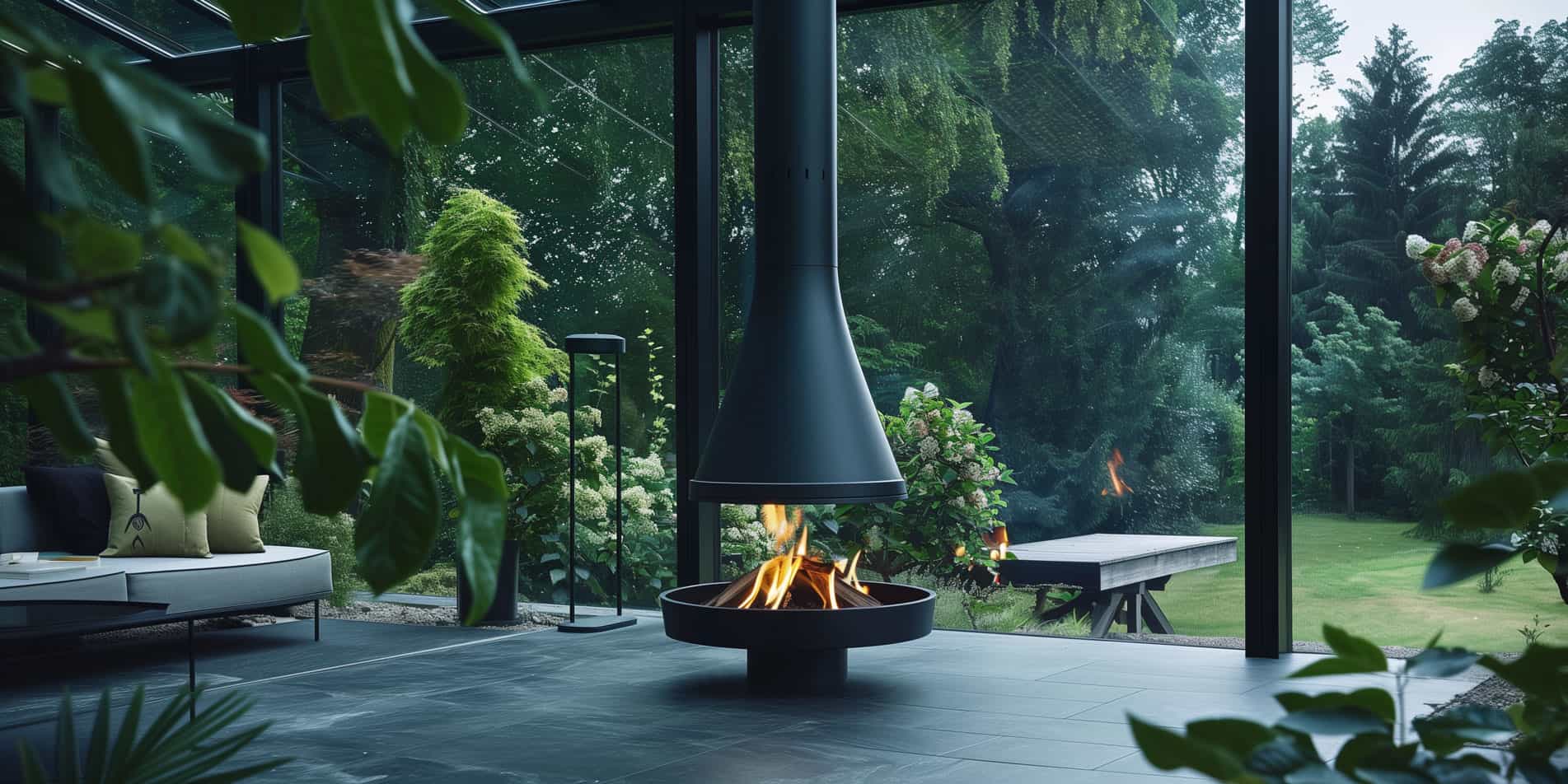
exodraft

